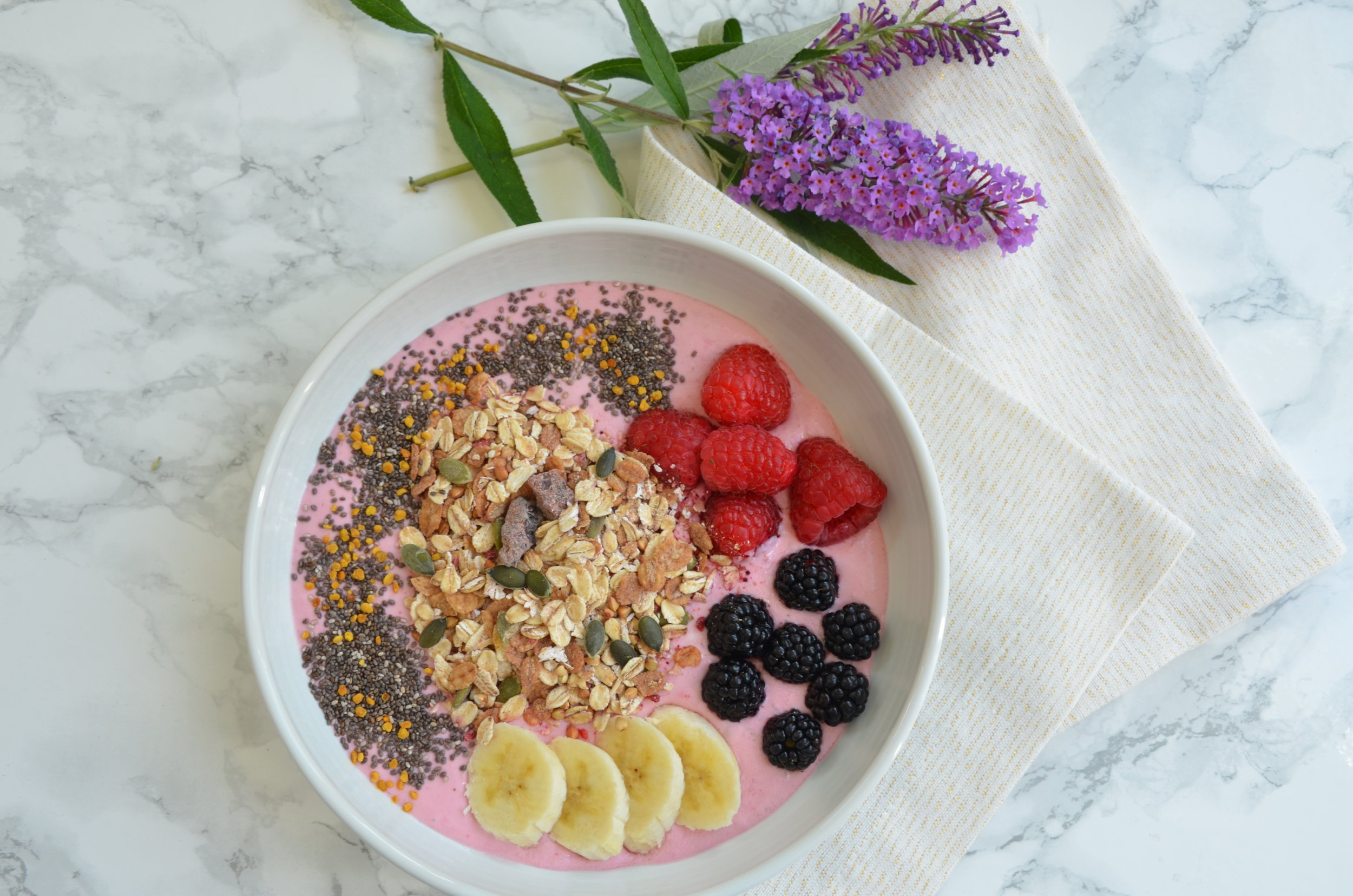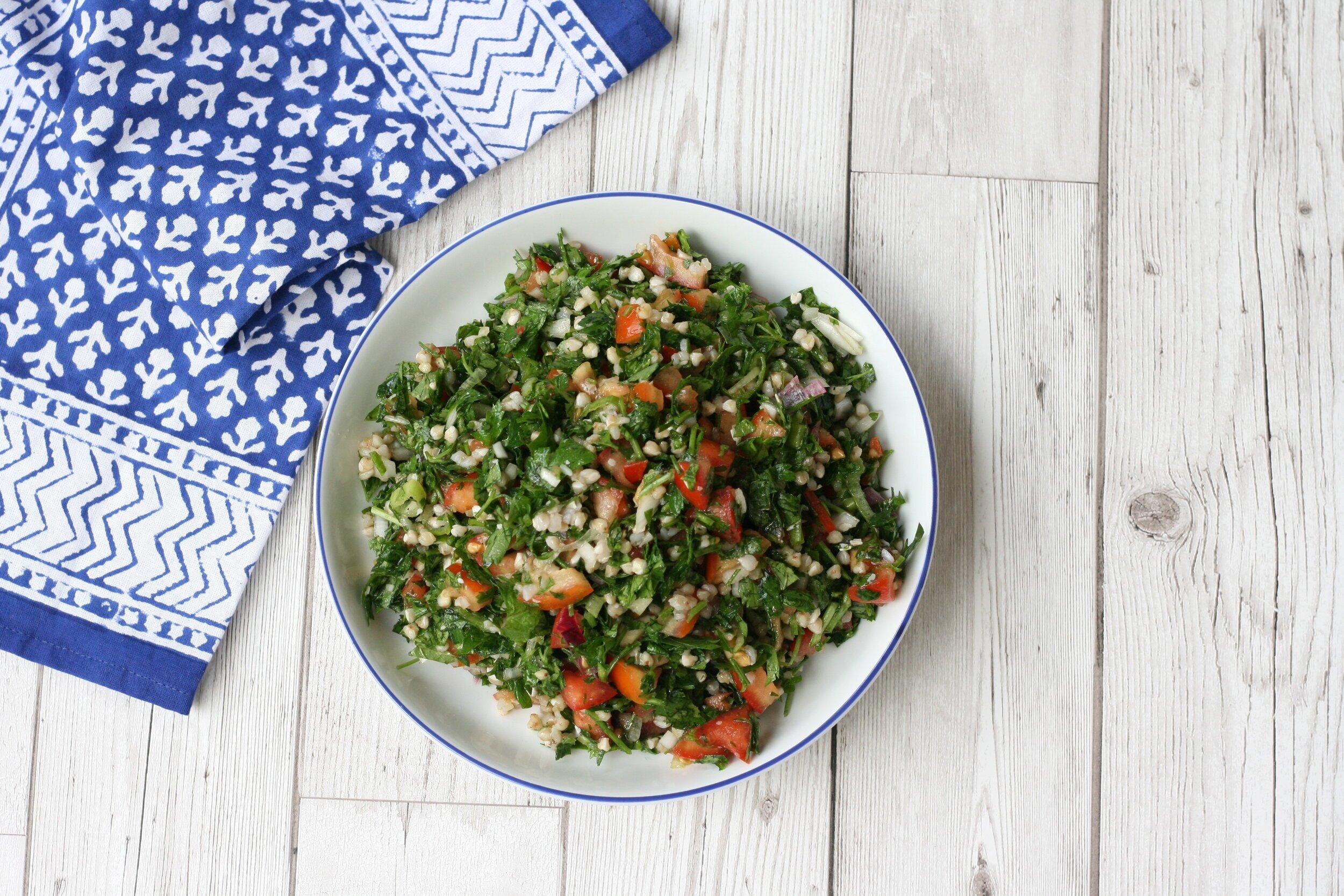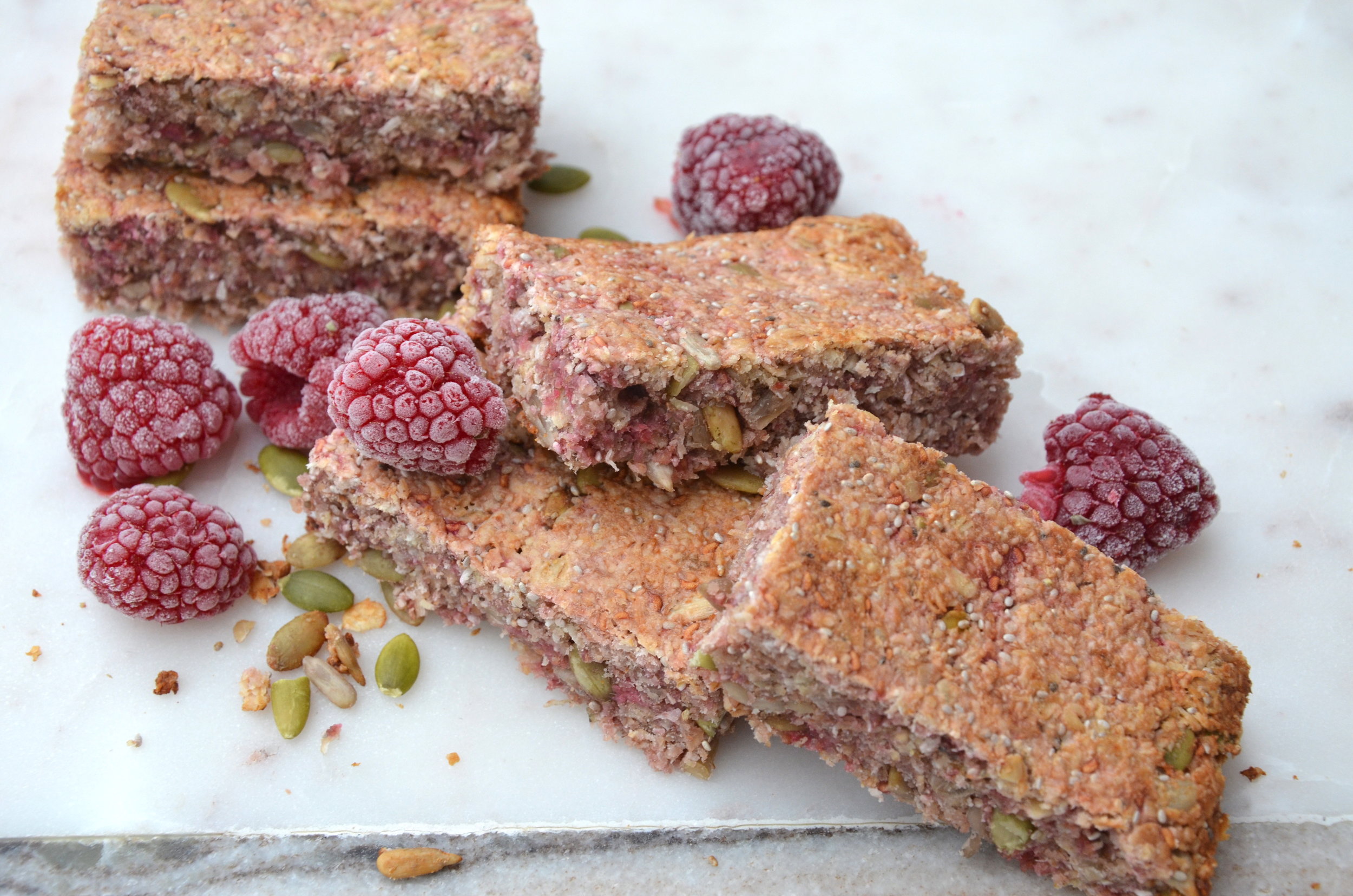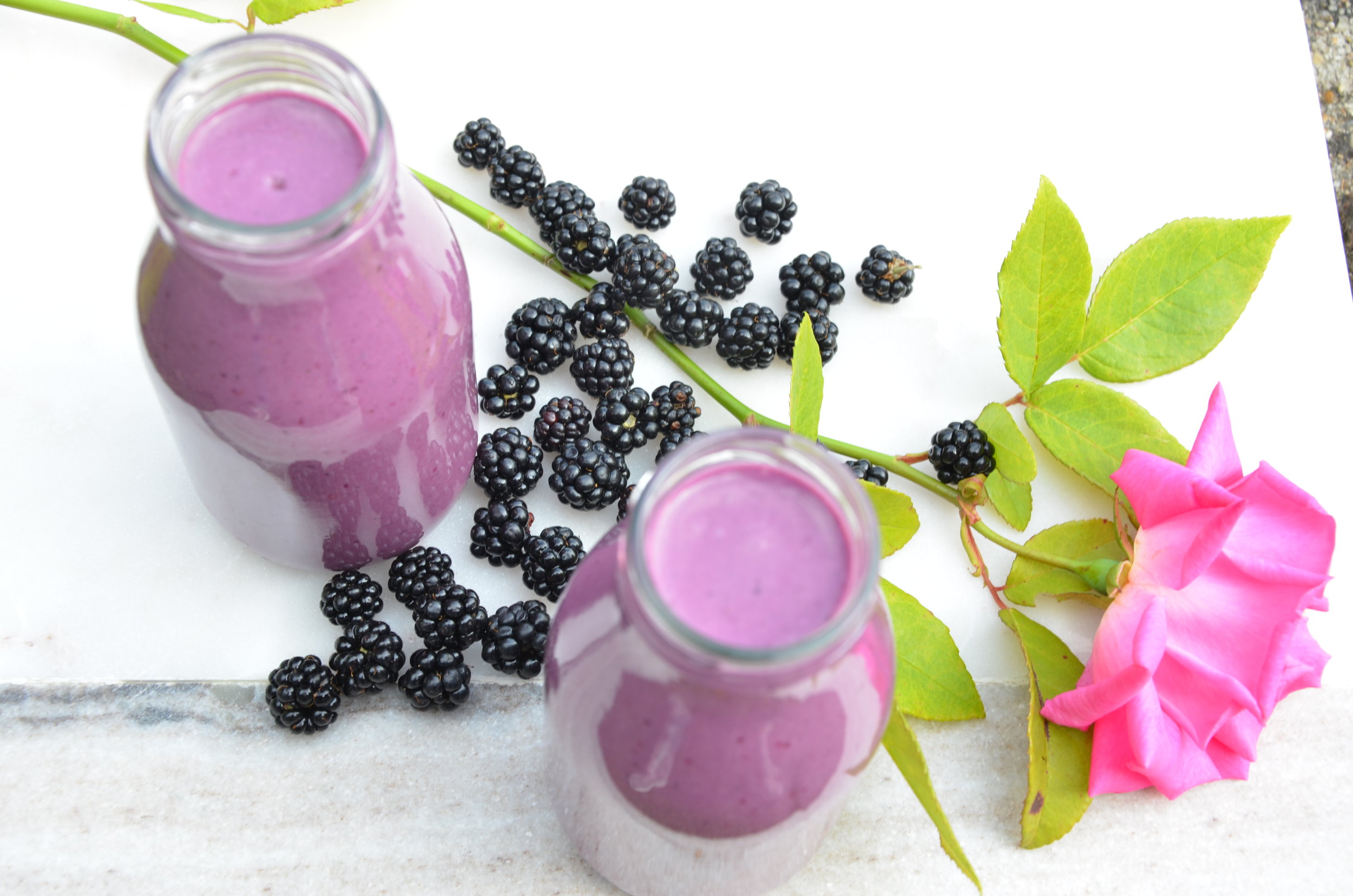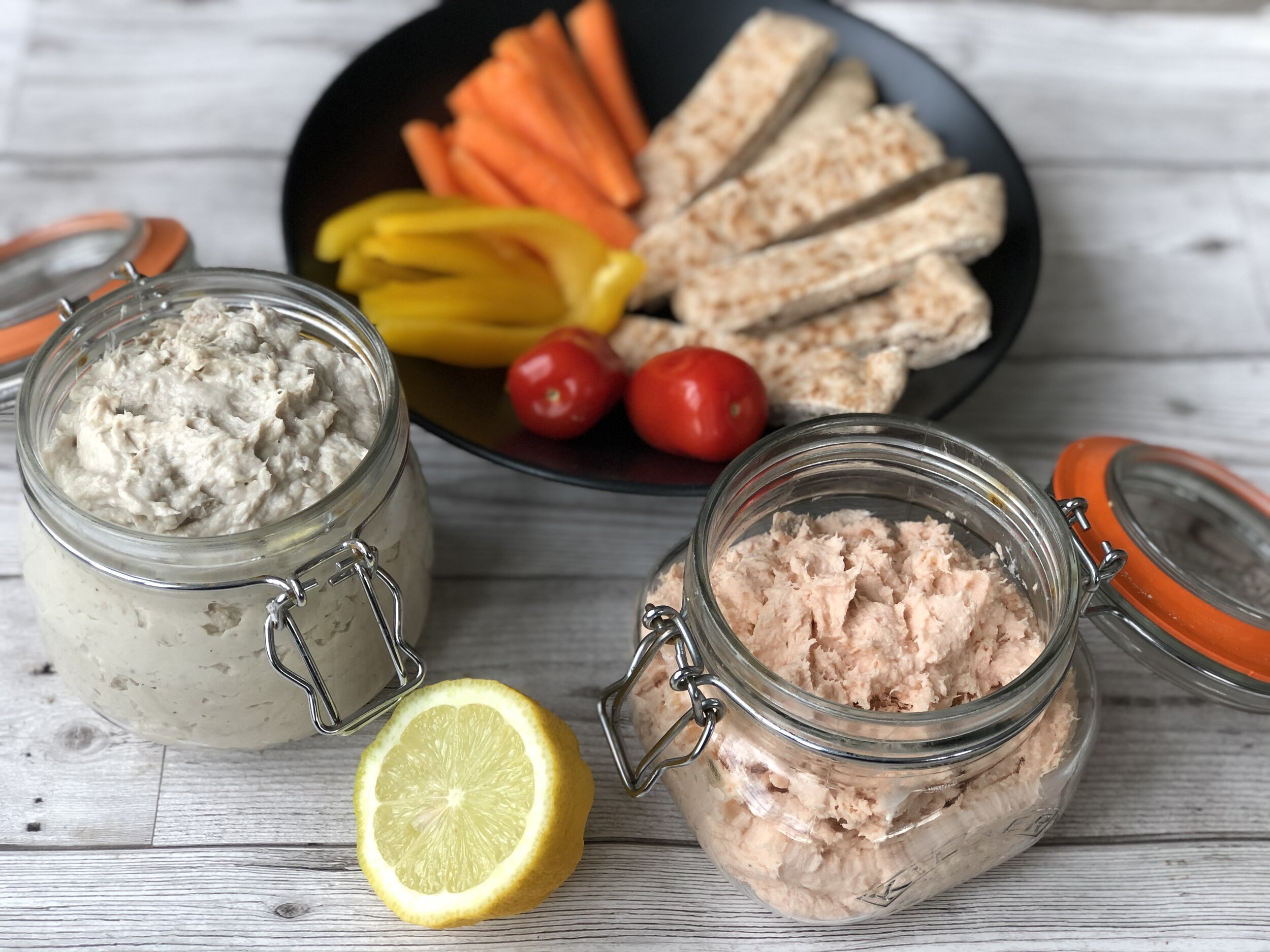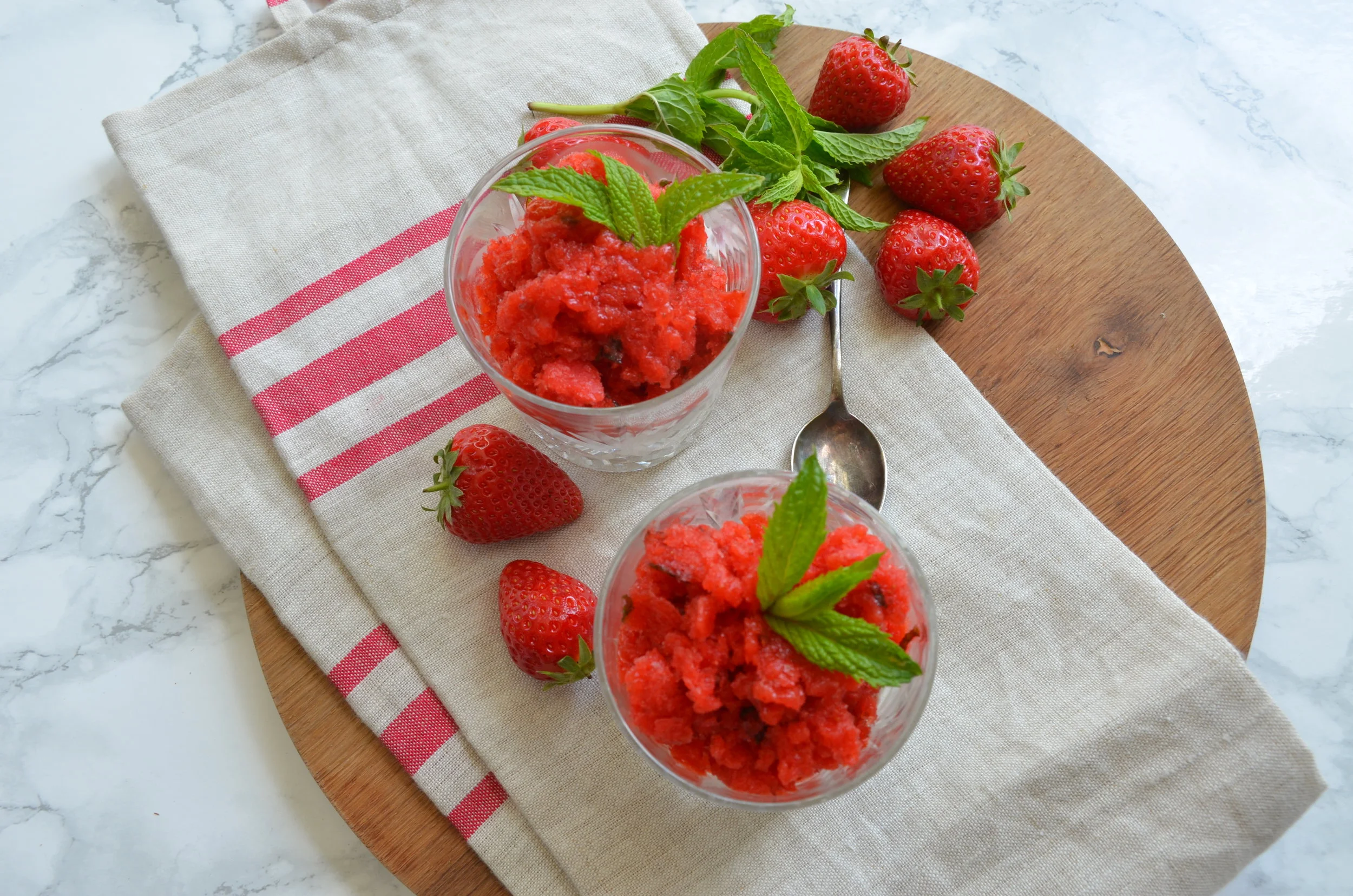is gluten free healthier?
The gluten free aisle in the supermarket is huge, and is growing larger every month. In 2016 the global gluten free market was worth $14.95 billion and is expected to grow at an annual rate of just over 9% every year. This rise in the gluten free market has also seen a rise in people claiming they are eating gluten free without being diagnosed as coeliac or intolerant to gluten. So is eating gluten free healthier for you?
The problem with wheat
Wheat is often a staple of the typical Western diet – cereal or toast for breakfast, sandwiches for lunch and pasta for supper. However wheat contains a protein called gluten that actually can’t be digested by humans and causes inflammation and increases gut permeability. In small amounts this is fine as a healthy body will mop up the inflammation and repair the gut permeability. However we are typically not eating small amounts and so are not giving our bodies time to heal the gut. This has lead to an increase in sensitivity to gluten, which is often referred to as non-coeliac gluten sensitivity (NCGS). This has many symptoms such as diarrhoea or constipation, bloating, fatigue, skin eruptions, depression and anxiety. We are eating a lot more wheat than our bodies can cope with. Also wheat now contains more of the protein gluten that it used to, and the modern wheat has become more difficult to digest.
So should I hit the gluten free aisle?
A 2016 study found that many of the gluten free products available in the supermarket aisles were higher in salt, sugar and fat, and lower in fibre and protein, than the equivalent gluten products. They are also 159% more expensive than the equivalent gluten products. So swapping an ‘unhealthy’ or heavily processed, gluten diet for the equivalent heavily processed gluten free diet is certainly not better for you. The study also found that the gluten free products had a higher glycaemic-load, which could lead to unstable blood sugar levels. There are no health benefits to hitting the gluten free aisle and you might be eating less fibre and less protein leading to an intake of more calories and therefore more weight.
So can you make gluten free healthy?
Yes certainly! By following a nutrient dense, wholefood and naturally gluten free nutrition plan. This would include plenty of vegetables and fruit, lean meat and wild fish, nuts and seeds. Choose food that is naturally gluten free such as sweet potato, buckwheat, quinoa, brown rice and gluten free oats. By making sure you are eating plenty of vegetables (at least 7 portions) then you will ensure you are getting plenty of fibre so you don’t need processed bread, cereal or wheat to add fibre. There is no need to reach for the gluten free aisle foods when following a gluten free diet. You can still have gluten, but eat it occasionally rather than every day so your body has time to repair itself and reduce the inflammation. Rather than a highly processed loaf of bread try a naturally fermented sourdough, which has only a few ingredients and is naturally lower in gluten. Remember gluten is hidden in many everyday foods such as sausages, soy sauce, processed lunch meat, shop bought salad dressings and marinades.
If you suffer any digestive complaints then I really recommend trying a naturally gluten free diet to see if it eases any discomfort. If you don’t feel that gluten causes any issues for you then try and limit the consumption to give your body time to heal. I often find that even clients that didn’t think they had a problem with gluten reported feeling much better without so much gluten in their diet. They feel more energised, sleep better and their skin looks better. Why not see if a naturally gluten free diet will help you?

